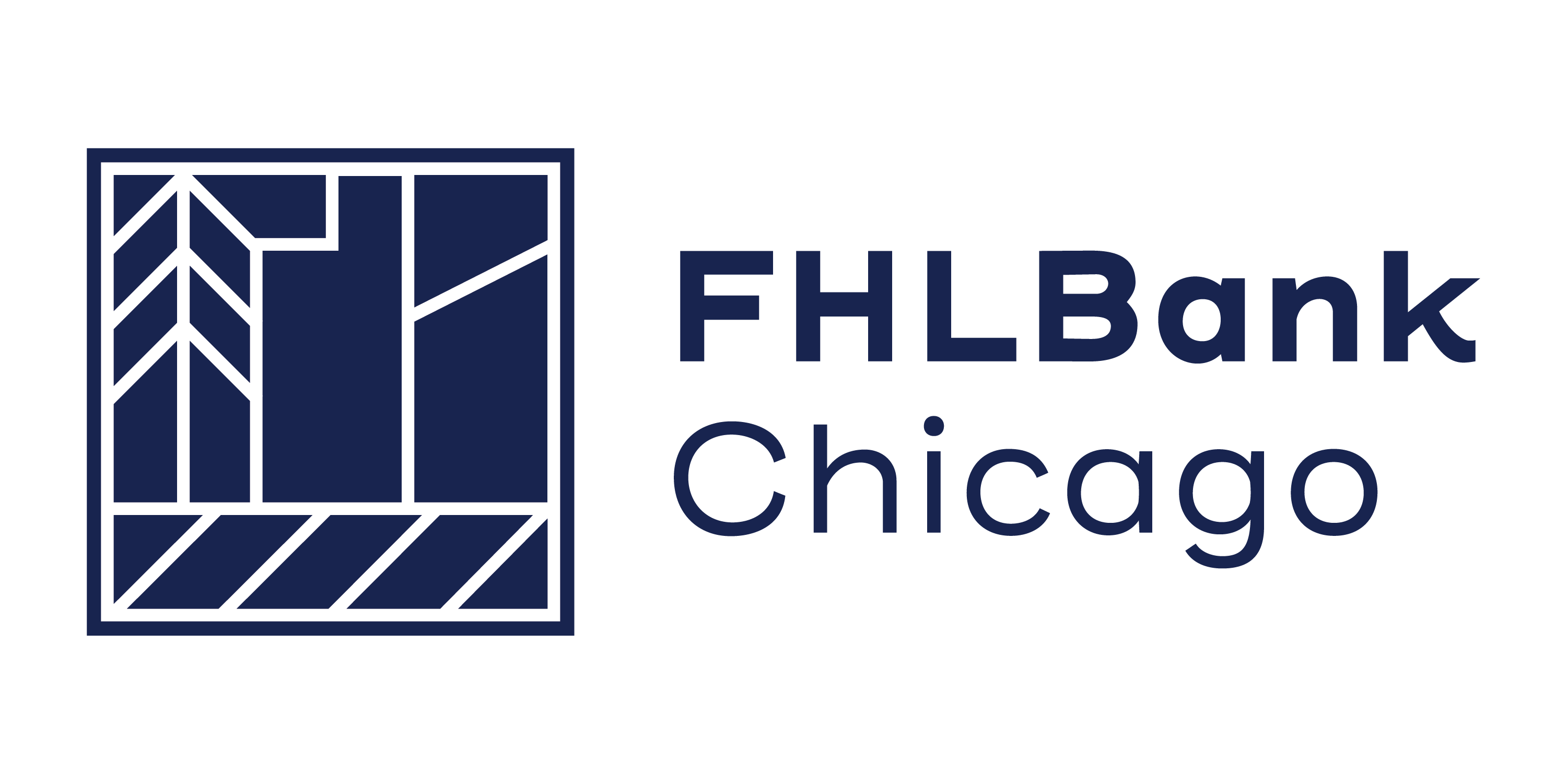Balance Sheet Leverage: Q1 2018
Overview
During a period of prolonged low interest rates, it can be hard to grow income as both asset spreads and yields grind lower. Balance sheet leverage is a great solution to address the problem of declining return on assets (ROA) and return on equity (ROE). Using leverage can increase income and ROE for financial institutions, but such strategies can also magnify risks like credit or interest rate risk. Fixed-rate advances can be used to hedge interest rate risk on long duration mortgage securities. Callable advances can be used to hedge extension and contraction risk, although their cost will decrease income received. Leverage strategies can increase ROE and lower efficiency ratios while having a small effect on ROA.Funding and Hedging the MBS Portfolio
In this example, a financial institution takes out advances from the Federal Home Loan Bank of Chicago (FHLBank Chicago) and uses that funding to invest in a portfolio of residential mortgage-backed securities (MBS). Once the securities are selected, the institution can determine the best way to fund and hedge the portfolio with advances. In this particular example, the institution would use a ladder (Figure 1) of fixed-rate fixed term advances to closely mimic the fastest cash flow of the MBS portfolio it purchased. If the portfolio extends, the institution would use deposits to cover its additional funding needs.
In Figure 2, starting net interest margin (NIM), ten year average NIM, 10 year net interest income (NII), and year 1 profit for each of the interest rate scenarios are shown. This analysis assumes that as the MBS securities pay down, the institution reinvests the paydowns at a spread of 100 bps over the deposit rate. As you can see, the institution can make a profit of $325,514 during the first year within the current interest rate environment by employing the strategy discussed. If the institution wants to increase its NIM, it could use a ladder with only shorter-term advances.

To Learn More
The Member Strategy and Solutions Team can assist your institution in modifying this strategy for a different asset, using other types of advances, or calculating ROE impact. Please contact your Sales Director at membership@fhlbc.com for more information.Contributors
 Erin Hunter
Erin HunterDirector, Member Strategy and Solutions
 Ashish Tripathy
Ashish TripathyManaging Director, Member Strategy and Solutions
Disclaimer
The scenarios in this paper were prepared without any consideration of your institution’s balance sheet composition, hedging strategies, or financial assumptions and plans, any of which may affect the relevance of these scenarios to your own analysis. The Federal Home Loan Bank of Chicago makes no representations or warranties about the accuracy or suitability of any information in this paper. This paper is not intended to constitute legal, accounting, investment, or financial advice or the rendering of legal, accounting, consulting, or other professional services of any kind. You should consult with your accountants, counsel, financial representatives, consultants, and/or other advisors regarding the extent these scenarios may be useful to you and with respect toany legal, tax, business, and/or financial matters or questions.
Federal Home Loan Bank of Chicago | Member owned. Member focused. | February 2018

